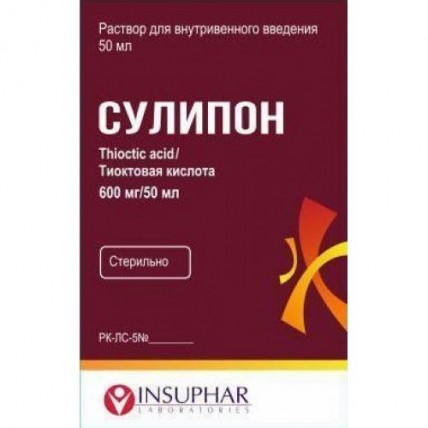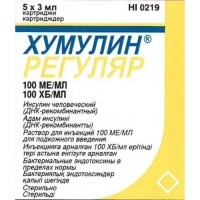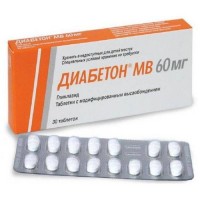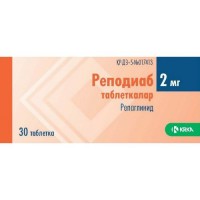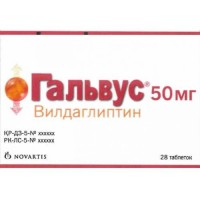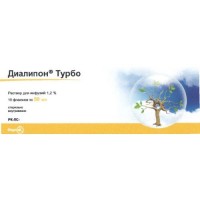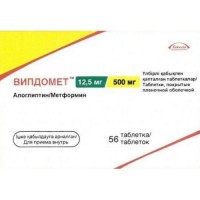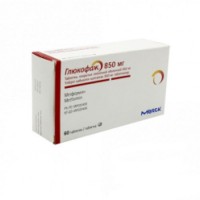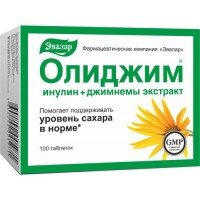Sulipon (Thioctic Acid) 600mg/50ml
- $20.90
STRUCTURE
ONE BOTTLE CONTAINS
ACTIVE SUBSTANCE: THIOCTIC (ALPHA-LIPOIC) ACID 1 600 MG,
AUXILIARY SUBSTANCES: TROMETAMOL, SODIUM CHLORIDE, TROMETAMOL 1 M SOLUTION2, WATER FOR INJECTION.
Indications for use
- peripheral (sensory-motor) diabetic polyneuropathy
Method of administration and dosage
Solution for injection Sulipon is used intravenously at a dose of 600 mg per day (1 bottle). The duration of intravenous therapy is 2-4 weeks. As a subsequent maintenance therapy, oral thioctic acid is used. The duration of the course of treatment and the need to repeat it is determined by the doctor.
The introduction of the undiluted solution can be directly using syringes for injection and infusion, the administration time should be at least 12 minutes.
After diluting Sulipon with 100 - 250 ml of saline, the drug can also be administered as a short-term infusion for at least 12 minutes.
Since the drug is sensitive to light, the solution must be prepared immediately before short-term infusion. The prepared infusion solutions should be immediately protected from light exposure (for example, with aluminum foil). The solution, protected from light, is stable for 6 hours.
Particular attention should be paid to ensure that the duration of the infusion should not be less than 12 minutes.
Side effects
The parameters of the frequency of adverse reactions used below are defined as follows: often (≥1 / 100, but <1/10), infrequently (≥ 1/1000, but <1/100), very rarely (<1/10000), the frequency is unknown ( it was not possible to establish the frequency of occurrence from the available data).
Often
- with a rapid intravenous injection, a feeling of rush of blood to the head and difficulty in breathing may develop, which pass on their own.
Infrequently
- nausea, vomiting, change or violation of taste.
Very rarely
- reactions at the injection site
- convulsions
- double vision
- hemorrhagic rash, thrombocytopathy
- hypoglycemia, including dizziness, sweating, headache and visual disturbances.
Unknown:
- allergic reactions such as rashes, itching, eczema, and systemic hypersensitivity reactions can develop to anaphylactic shock
Contraindications
- hypersensitivity to drug components
- children and adolescents up to 18 years old
Overdose
Symptoms: in case of overdose, nausea, vomiting, headache may occur. In some cases or during suicidal attempts, when taking thioctic (alpha-lipoic) acid orally in a dose of 10 to 40 g, especially in combination with alcohol, serious, even life-threatening signs of intoxication were observed, which in some cases led to death. Clinical signs of intoxication may manifest as psychomotor restlessness or clouding of consciousness, which, in the future, may be accompanied by generalized convulsions and lactic acidosis. In addition, hypoglycemia, shock, rhabdomyolysis, disseminated intravascular coagulation (DIC) hemolysis, bone marrow suppression, and the development of multiple organ failure as a result of severe intoxication with high doses of thioctic (alpha-lipoic) acid have been reported as consequences of overdose with high doses of alpha-lipoic acid.
Treatment: symptomatic. There is no specific antidote. Treatment of severe intoxication is carried out in the intensive care unit.
Storage conditions
Store in a dark place at a temperature not exceeding 25 ° C.
Keep out of the reach of children!
Shelf life 3 years
Do not use after the expiration date.
